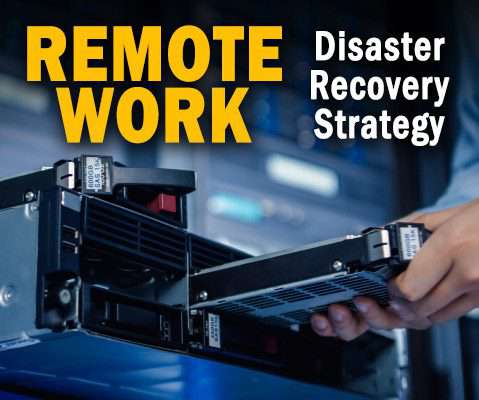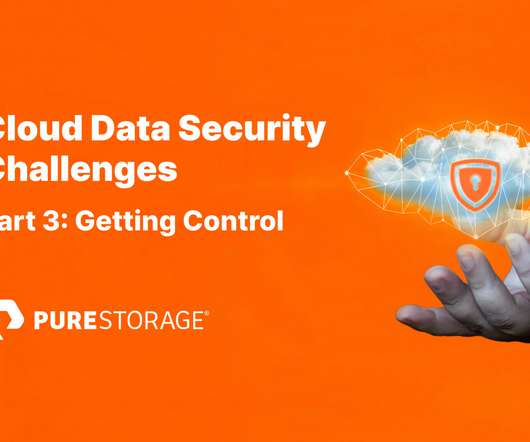The Four Phases of Disaster Recovery
MHA Consulting
SEPTEMBER 14, 2023
Common examples include authentication, access, middleware, and network services.) Here are the main things to consider in this phase: Before you carry out any restoration activities, conduct an assessment of the situation, risks, and impacts of the event. Will there be performance impacts or capacity constraints?












Let's personalize your content